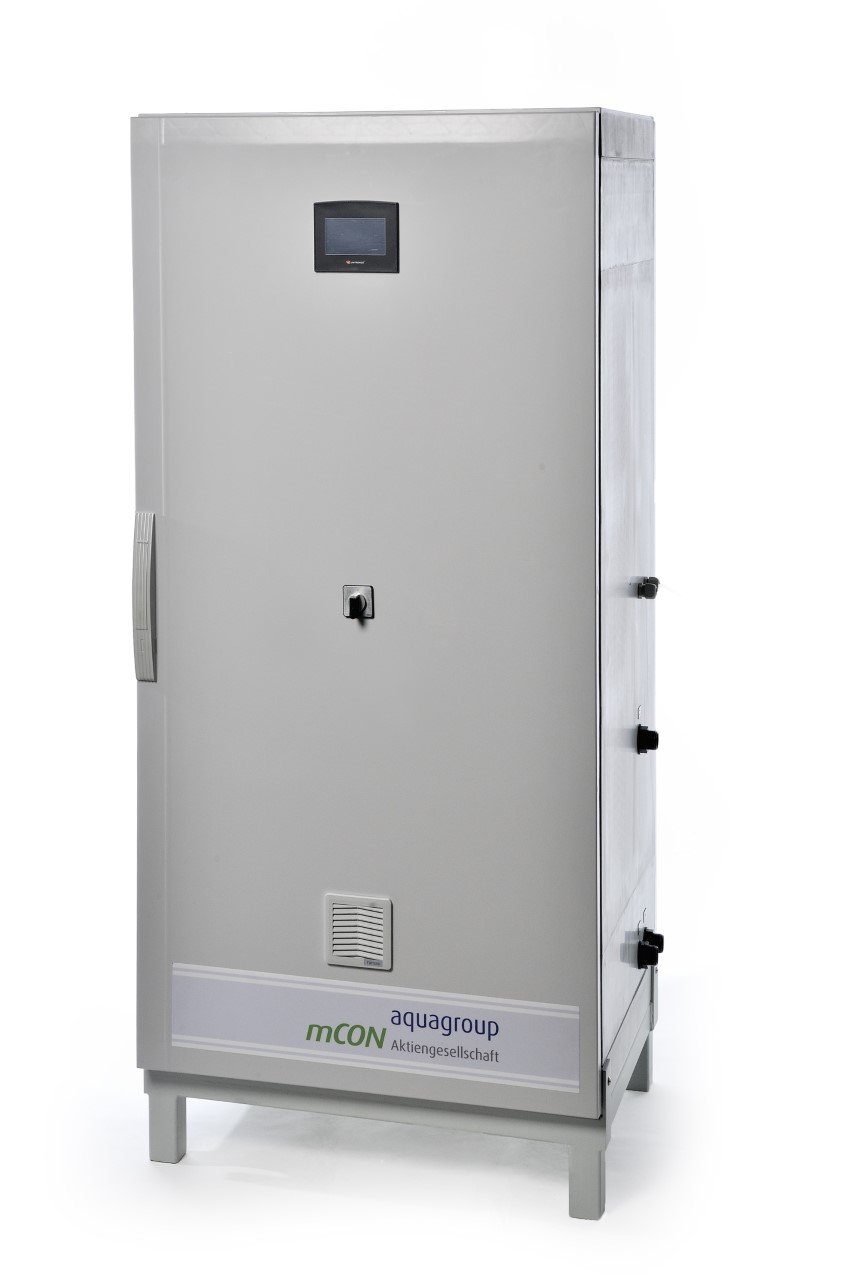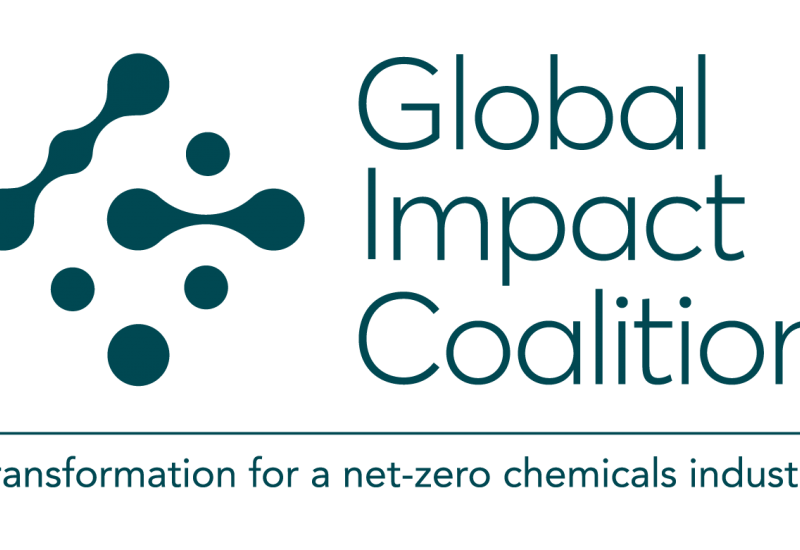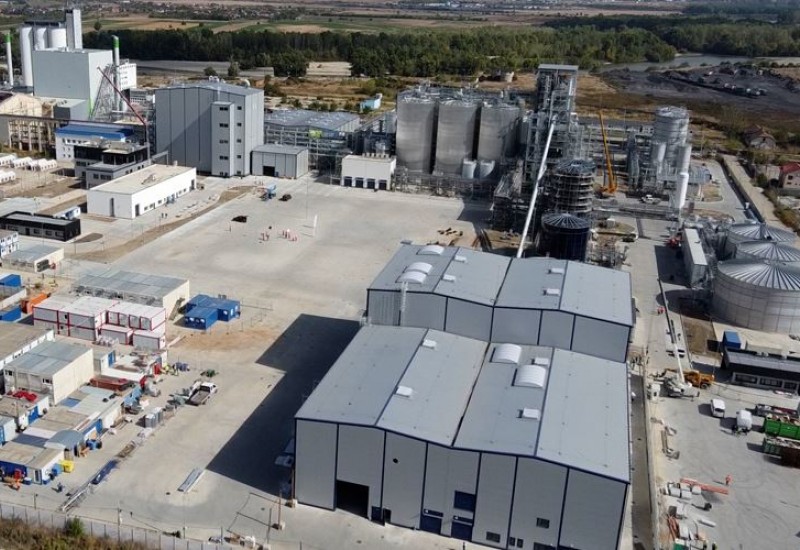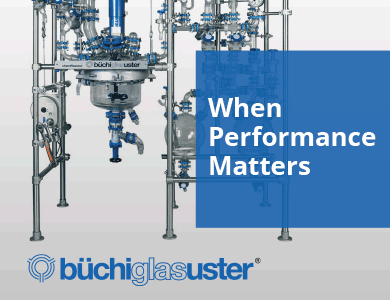Feature article - Improve your CO2 footprint: Generating active chlorine in situ
Tatjana Röder of Aquagroup shows how an effective disinfectant generated in situ can save CO2 and plastic waste
Deutsche Bahn and the German Federal Environment Agency have studied the CO2 footprints of various means of transportation for people and goods respectively. In both cases, they concluded that train is the best and plane the worst in terms of their effects on the environment.1,2
While industry accounts for the majority of emissions, transport causes about 23%: 17% is due to road transport, 2.5% due to aviation, 2.5% due to shipping and 1% by other means.3 The transportation of goods, especially by truck and plane, can have a negative impact on the environment and it would be good to reduce it, particularly for hazardous substances.
Hazardous substances & goods
The German authority BAuA defines hazardous substances as “substances or mixtures that are potentially hazardous or harmful to humans or to the environment”.4 Here, we are talking about storage and usage of such substances.
Users have to take certain precautions when using or storing. A special room for chemicals, well ventilated and often tiled, is needed. Protective gear like goggles, masks, gloves and suits have to be made available and used. Staff must be trained.
If you transport these substances, they become hazardous goods and different rules apply. Dangerous and hazardous goods are substances and objects containing substances which may, due to their nature, properties or condition, cause danger for public safety in connection with transport or other, particularly for the general public, important common property, and the life and health of people, animals and other things. They are classified as dangerous goods on the grounds of statutory provisions.5
In other words, a hazardous good is a hazardous substance that is being transported and whose transportation causes a thread to the health and safety of humans and animals alike. Biocides in containers are among them.
An international set of rules has been created for the transportation of dangerous goods. It is supplemented by national regulations, which specify, among other things, responsibilities, duties and administrative offences. The regulations are constantly reviewed and developed, taking into account findings in science and technology.6
One prime example is the European Agreement on the Transportation of Dangerous Goods (ADR). This covers the requirements of companies and drivers, e.g. signs on trucks (depending on the transported good), fire extinguisher, sand and a shovel. Special training and a licence for the drivers are mandatory.
The internationally harmonised Dangerous Goods Regulation distinguishes between nine classes and seven sub-classes of dangerous goods. Two of these are chlorine and sodium hypochlorite.7 Transporting chlorine requires multiple labels, for example the ‘fish and tree’ symbol meaning ‘Hazardous to the aquatic environment’, and certain other precautions must be taken.
Likewise with sodium hypochlorite, several hazard and precautionary statements (H- and P-phrases) are needed. The substance is categorised as Class 8 (corrosive substances) and requires the signs ‘Hazardous to the aquatic environment’ and ‘Corrosive’.
An alternative
One way around this is to generate active chlorine in situ, for example using an Aquagroup device (pictured above). This generates active chlorine from sodium chloride by electrolysis (NADES 2.0) using only salt, softened water and electrical current.
The salt, of course, has to be transported. 98% of Aquagroup’s customers use DIN 973-type A salt tablets for water softeners and thus have it in stock already. Moreover, it is a solid material, which is easier to transport than liquids or gas, and is not subject to transportation regulations.
Case study
A NADES 2.0 generator was installed in a medium-sized brewery with an output of around 350,000 hl/year. The brewery used NADES 2.0 in the total water, three clean-in-place systems, the filler with a swing stopper and the bottle-washing machine.
As part of research for a BSc thesis at Aquagroup, Jonathan Lehner calculated the CO2 impact of this system against conventional alternatives. The amount of salt required was determined based on the amount NADES 2.0 produced, including salt for the softener, regeneration of the softener and rinsing during maintenance. 0.195 pallets of salt were sufficient to generate the required annual quantity of active chlorine, equivalent to 1,440 canisters containing 20 litres of sodium hypochlorite.
Of course, this is a theoretical assumption and depends on the respective storage capacity of a company. Assuming a storage capacity of five European pallets, a delivery of canned sodium hypochlorite would be necessary every five weeks. This can now be converted to the CO2 emissions of the trucks in relation to the tonne-kilometres (tkm, i.e. 1 tonne of freight over 1 kilometre of driving distance) for a single annual delivery.
According to the German Federal Environment Agency, the specific emissions of a truck in 2010 are 87.72 g/tkm.8 An empty 20-litre can weighs 760 g and the plastic packaging of the salt bags weighs 84 g. For the Euro pallets, a weight of 20-30 kg is measured, depending on the humidity, so an average value of 25 kg is calculated here. A transport distance of 75 km was assumed.
On this basis, the CO2 emissions associated with NADES 2.0 are only 0.71% of those associated with the transportation of the same quantity of canistered goods. Only the transport distance from the final seller to the customer without the return journey is included here. These are therefore the direct emissions without the upstream chain.
In terms of plastic waste, the in situ-generated active chlorine is also better for the environment. The packaging of empty salt bags is much lighter, generate less waste and take up less space on the truck. Empty canisters need the same space as filled ones. The transportation of this plastic waste could also be added to the CO2 calculation.
With regards to storage and transport, where chlorine and sodium hypochlorite require multiple H- and P- phrases, NADES 2.0 does not need any; where they are both class 2 water hazards, it is class 1; no PPE is needed; and there is no shipping involved. It is obvious that in situ-generated active chlorine is the option with the fewest precaution issues.
Summary
Using an in situ system cannot completely avoid transportation but can minimise it significantly. The in situ production of active chlorine by electrolysis results in less plastic waste and less CO2. Moreover, it is not a hazardous substance or dangerous good. Consequently, it is an environmentally friendly alternative when it comes to CO2 emissions.
Contact:
Tatjana Röder
MA Business Development/Regulatory Affairs
aquagroup AG
www.aquagroup.com
References:
1. https://www.dmm.travel/nc/news/bahn-ist-elementar-fuer-klimaschutz
2. https://www.umweltbundesamt.de/publikationen/daten-verkehr
3. David Nelles & Christian Serrer, Kleine Gase - Große Wirkung: Der Klimawandel, 2018, 40
4. https://www.baua.de/EN/Topics/Work-design/Hazardous-substances/Working-with-hazardous-substances/Hazardous-substances-ordinance/Hazardous-substances-ordinance.html
5. http://www.gesetze-im-internet.de/gefahrgutg/__2.html
6. https://tes.bam.de/TES/Content/EN/Standardartikel/Set-Of-Rules/Dangerous-Goods/dangerous-goods-regulations.html#doc60114bodyText1
7. See 2 (1) of the Law on the Carriage of Dangerous Goods, 6 August 1975, in the version of the notice which was last amended by Article 5 of the Law of 26 July 2016 (BGBl. I), 1843
8. https://www.umweltbundesamt.de/publikationen/daten-verkehr















